These are tumultuous and uncertain times. The hyperpartisan nature of the United States’ political landscape is worrying, no matter where you find yourself on the political spectrum. There is one underlying yet indisputable fact dominating news cycles, and that is the division of these United States. As then-senatorial candidate Abraham Lincoln once said in 1858, "a house divided against itself cannot stand," and yet one hundred and sixty-seven years later, the country of red, white, and blue has become red versus blue. And citizens are caught in the middle, or out of the conversation altogether.
While the history books will confirm that this division is nothing new, the divide in 2025 appears much more pronounced than in recent memory, with new and unprecedented challenges as well as opportunities.
This is where the work of our civic-minded advocates is pivotal. Organizations like The League of Women Voters of New Jersey and AAPI New Jersey are working to advance social justice and a multiracial, pluralistic democracy that celebrates difference and is united by a collective vision of liberty and freedom for all. The work is nonpartisan, favoring communication over party affiliation. In speaking to representatives from these organizations, the overwhelming sentiment is that we, citizens of the world, have a responsibility and duty to listen to one another. Listen to understand and to relate, not to rebut. Common ground exists if only we would look for it.
Buzzwords and catch phrases like “civic engagement” and “voter empowerment” are often bandied about. But to those who feel politics are taboo or even incendiary, these words often have an undesirable undertone of aggression. There is an impulse toward oppositional defiance when someone wearing an “every vote counts” button approaches you, lecturing on the importance of our constitutional right to vote. Personally, I would avoid furthering the conversation and simply walk away from such a person. However, if you were to send me a postcard with a hand-drawn picture of a donut with the tagline “Donut forget to vote,” all of a sudden, I am laughing at a pastry and putting a reminder to vote on my phone.

That is why art is pivotal. Art is accessible to the masses.
I recently spoke with Danielle Iwata, Director of Organizing at AAPI New Jersey, and Jesse Burns, Executive Director of The League of Women Voters of New Jersey. Both women share the sentiment that, in order to speak with fellow citizens and encourage voter contribution and a general sense of civic engagement, it is important to “meet people where they are.” What they mean by this is to reject the idea of preaching to or lecturing someone with a viewpoint other than your own. Afford people a safe space to share their feelings and their concerns. Ask questions. Be curious. Step outside of your own social circle and learn what others are experiencing.
Danielle Iwata admits that “one of the biggest issues we’re facing now is apathy and exhaustion amongst voters who don’t feel like their votes matter or who don’t feel that elected officials are speaking to the values that they once thought they held. We navigate that by talking about “down ballot” selections. So that’s everything, in this case [of the upcoming gubernatorial election], below the governor selection.”
AAPI New Jersey, as well as The League of Women Voters of New Jersey, aim to help people understand how their state assembly might be able to have an impact on their lives or how their city or town council can have a stronger presence in their day-to-day life, more so than a gubernatorial candidate.

How they approach these conversations is, by their own admission, a work in progress. They do still pursue what they call “tabling,” which is where you will see representatives of these organizations sit with informational materials at a table during public events. However, the approach has shifted from a lecture method to one of listening. As Iwata explains, they aim to “find the value in what is being said, understand the core element of concern, and relate to that.” Many times, tablers will find that these concerns are rooted in mis- and disinformation. Their goal is not to change minds, but to ask questions that may lead voters to reanalyze the facts and allow their opinions to evolve.
Danielle Iwata says, “The humanity of it all has been missing, even from our work. That’s where arts and culture comes into the conversation. How can we use our shared joys as an entry point to meaningful conversation?”
Speaking of shared joy, I am reminded of what the eponymous character of the television series Ted Lasso would say, “Be curious. Not Judgemental.” This is essentially the pop culture version of “meet them where they are.” The cultural phenomenon of Ted Lasso is but one example of art influencing the masses. Consider Harriet Beecher Stowe’s novel, Uncle Tom’s Cabin, one of the most famous examples of art swaying public opinion. The fiction novel affected its audiences so much that President Lincoln is rumored to have said to the author, “So you’re the little woman who wrote the book that made this great war.” An allusion to the fact that Northern sentiment swayed from apathy to support of the abolition of slavery, thanks to the popularity of Beecher Stowe’s novel, prompting what became the Civil War.
Television, theater, literature, sculpture, and portraiture are all means to reach large audiences and build communal experiences. The list goes on. Art is quite possibly the quickest way to encourage healthy discussion. Emotion and opinion, and thereby our worldviews, are shaped by the individual human experience. What better way to understand the experiences of another than to imbibe art that has held a mirror to each of us?
Similarly, Jesse Burns says, “Art serves in a way that you are able to understand people on a different level. Fascism depends on folks not seeing each other, on dehumanization, and art is a direct antidote to that. It helps us to see each other in ways that, I think, are extremely important.” A poet and published author herself, she continues, “One way that we form community spaces is through art. I think this is true throughout activism. It’s important to recognize that all art is political. Artists are under attack right now due to how powerful the arts are in doing just this, bringing together people who are divided.”

Beyond the more obvious examples like theater and television, organizations seek to make use of art on a more interactive scale. Both AAPI New Jersey and The League of Women Voters have utilized postcard parties or art contests to spread the word about the importance of our vote.
The League has hosted book clubs to facilitate conversation through art. Burns notes that “maybe a book club can sound silly, but they are places where folks come together and talk about a shared experience and then address how they relate to those experiences similarly and differently.”
Burns will be sharing her preferred artistic medium through an NJPAC-led conversation, “Informed Citizenship,” where she will be giving a poetry reading, in partnership with Dodge Poetry. The conversation is designed to make information about our local elections accessible.

Whereas, Danielle Iwata’s favorite, and largest, artistic endeavor by AAPI New Jersey is the Lantern Festival for Justice and Unity: “ I like to think of it as a public art installation. Essentially, we light up an entire park with lanterns that we stake into the ground, and we hang lanterns in this beautiful, sprawling oak tree. It’s a beautiful evening once the sun sets. It draws people in. They will ask what the event is about, and it’s such a great opportunity for us to talk about our work. It is rooted in holding space for people who were impacted or killed by racialized violence. To be able to use this event that is so visual to bring people together has been really, really powerful.”
 While it may be easy to dismiss local politics as unimportant because they’re not as loud as the national news stories, change is established at the local level. Our involvement, or lack thereof, is already affecting our day-to-day lives. The choice is always available to us to take action in so many ways that add up to a big difference. Luckily, like Danielle’s and Jesse’s organizations, there are so many resources available to us to help us navigate the many valid concerns, as well as the logistics of getting involved.
While it may be easy to dismiss local politics as unimportant because they’re not as loud as the national news stories, change is established at the local level. Our involvement, or lack thereof, is already affecting our day-to-day lives. The choice is always available to us to take action in so many ways that add up to a big difference. Luckily, like Danielle’s and Jesse’s organizations, there are so many resources available to us to help us navigate the many valid concerns, as well as the logistics of getting involved.
For individuals, learn more about Voter Registration Day and how you can make sure you are registered to vote so you can make your vote count in the upcoming election.
For organizations, consider your role in activating your communities around voter registration and engagement. Nonprofit Vote has a guide on conducting a voter registration drive.
And of course, remember ArtPride New Jersey also has your back. We’ve compiled more resources on our website to support you in this election season and beyond, including our candidate survey for both the Gubernatorial and State Assembly elections. Want to talk more? Reach out to us at advocacy@artpridenj.org.









